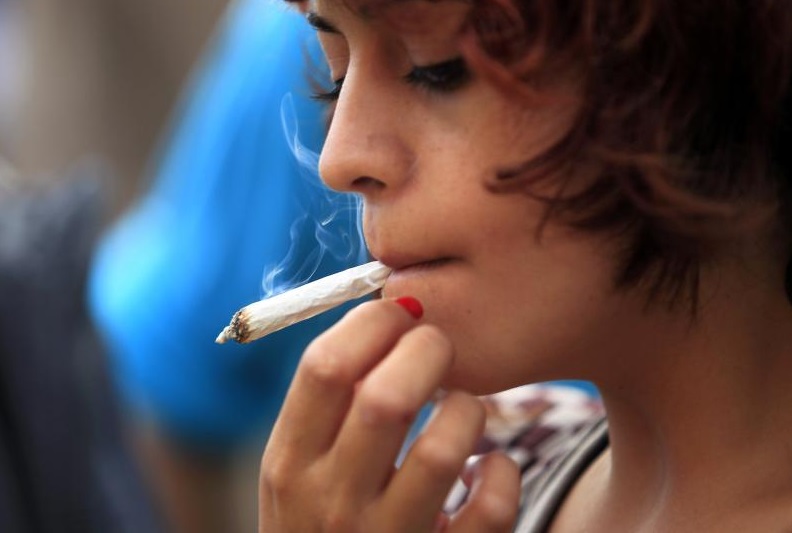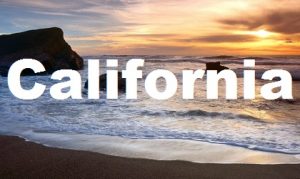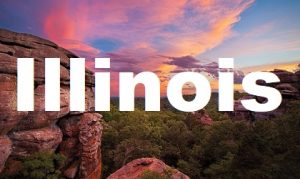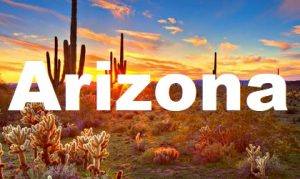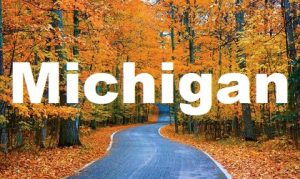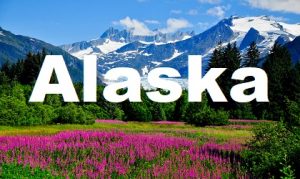After three years of legal marijuana sales, a study conducted by a Washington state Legislator’s commission known as the Washington State Institute for Public Policy (WSIPP), showed that the passing and implementation of Initiative 502 has had no effect on increasing youth marijuana use.
In fact, marijuana use by students in the sixth, eighth, 10th, and 12th grades seems to have either remained stable or dropped since the passage into law of I-502. When the WSIPP interviewed a cross-section of 10,835 high school sophomores in 2017, 17% reported that they used cannabis in the past month. In 2010 that percentage was 20%, thereby demonstrating a reduction in use.
At this point, there is no evidence that legalization caused any rise or decline in youth marijuana consumption. There is evidence that admission for publically funded treatment programs lowered since 2012, with reports of a reduction from 7,843 in 2012 to 6,142 in 2015.
The WSIPP created this study soon after Attorney General Jeff Sessions criticized Washington’s voter-based decision to recreationally legalize marijuana to study and report the impact I-502 has had on treatment admissions, criminal convictions, and youth/adult use.
The lead researcher and author of the report, Adam Darnell, said that there is not much evidence of any change in outcomes at all. In fact, the only difference he did see was that adults are consuming more marijuana in parts of the state where there is a higher amount of sales per capita.
In addition to these findings, the WSIPP also reported that the new cannabis industry added 6,227 full-time jobs to the workforce in the state of Washington, offering a median hourly wage of $16.45. These findings seem very beneficial to both the citizens of Washington, as well as the generation of annual tax revenue for the state.

